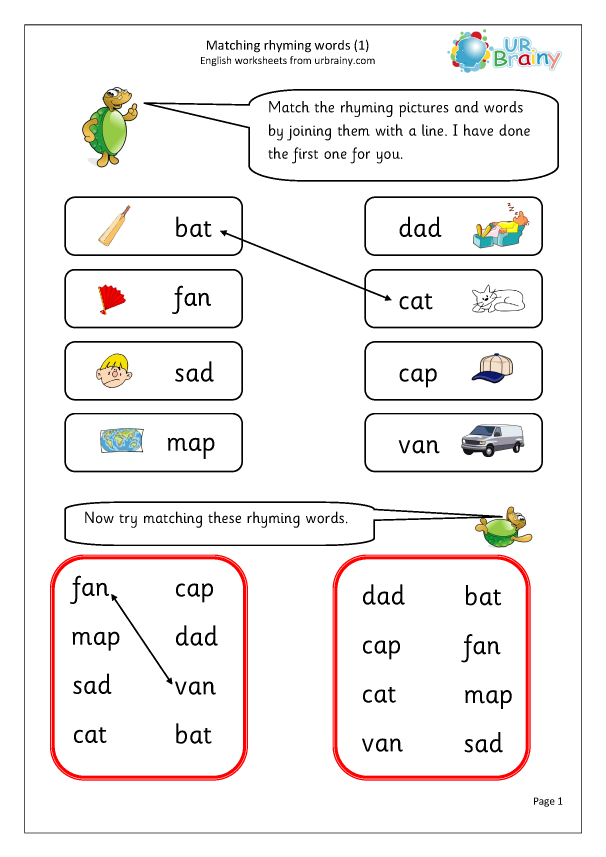Free lexile tests
Free Lexile Analyzer®
This guide provides an overview for how to use all subscriptions to the Lexile Analyzer® including the Professional Lexile Analyzer® and the Lexile Analyzer® Editor Assistant™. The Lexile Analyzer® is used to evaluate the text complexity of books, articles, passages, and other texts to report its reading demand as a Lexile® text measure. The Lexile Analyzer® is a web-based tool that determines the Lexile® measure of professionally edited, complete, conventional prose text. The accuracy of the Lexile® measures produced from the Lexile Analyzer® depends on your following the text-preparation procedures and formatting conventions detailed in this guide.
A couple of things to note...
- Lexile text measure vs Lexile student measure: A Lexile reader measure is a measure of a student's reading ability.
A Lexile text measure is a measure of the text complexity for a book or piece of text. A Lexile text measure only offers information about text complexity, not the reading ability of a student. To determine student reading ability, a Lexile-linked assessment must be administered. Lexile text measures may not be used to determine the reading abilities of students.
- Use of Lexile Measures Produced from the Lexile Analyzer: We offer the Lexile Analyzer as a tool to help educators, publishers, content developers, and researchers gauge the reading demands of materials. The Lexile measures produced by your use of the Lexile Analyzer are not certified by MetaMetrics® (developer of Lexile Framework) and should not be publicly shared. Lexile measures produced by your use of the Lexile Analyzer are not for commercial use. Please remember:
- You may not publish or distribute the Lexile measure.
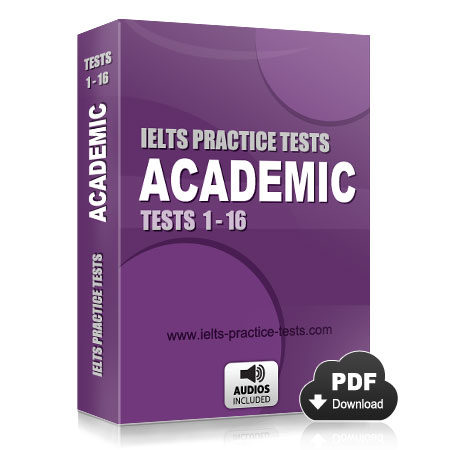
- You may not enter the Lexile into a library or media center database or catalog.
- Your Lexile measure is not a certified Lexile measure of that book or text.
- You may not publish or distribute the Lexile measure.
- Getting Started
- What Texts Can Receive a Lexile Measure?
- Text Preparation Guidelines
- Text Preparation Considerations
- For Children's Books
- Web Resources
- Tests and Assessments
- Using the Lexile Analyzer
- Step 1: Make Sure Words and Sentences Are Recognizable
- Step 2: Prepare Your Text for Lexile Analysis
- Step 3: Convert Your Text for Lexile Analysis
- Step 4: Analyze Your File
- Step 5: View Your Results
- Lexile Usage Conventions
- FAQ
- How do I find the Lexile measure of a book that has been measured?
- How does a book receive a Lexile measure?
- How do books receive Lexile certified measures?
- How does the Lexile Analyzer work?
- What type of editorial errors affect the Lexile measure of a text?
- What type of subscriptions are available for the Lexile Analyzer?
- How do I know which subscription of the Lexile Analyzer I have access to?
- Can I measure a portion of the text and get an estimate for the reading demand of the entire text?
Certain categories of text should not be measured as a Lexile measure. Because The Lexile® Framework for Reading was built upon the measurement of professionally edited, complete, conventional prose text, the Lexile Analyzer will return an inaccurate Lexile measure for other kinds of text. Follow these guidelines as you choose texts to measure:
Because The Lexile® Framework for Reading was built upon the measurement of professionally edited, complete, conventional prose text, the Lexile Analyzer will return an inaccurate Lexile measure for other kinds of text. Follow these guidelines as you choose texts to measure:
- *Note
- There are a few exceptions to this list. For example, narrative poetry that is conventionally punctuated may be measured with the Lexile Analyzer. Text written in rhyme does not necessarily qualify as poetry and may still be measured.
- Texts that are appropriate for use with the Lexile Analyzer will still require text editing, as detailed in “Step 2: Prepare Your Text for the Lexile Analyzer" section.
Please observe the following text-preparation guidelines before you submit your sample file to the Lexile Analyzer.
Here are some guidelines for removing non-prose text:
Additional considerations should be made when editing a text for measurement. Historical notes, introductions, “About the author" pieces, and previews of the next book in a series should typically be removed. Such text is often written separately from the main text and thus contains unique textual characteristics that can influence the Lexile measure. However, such decisions should be carefully considered while preparing your text for analysis. Some frontmatter and backmatter may be a legitimate part of the larger text and should be included. As a general guideline, if text appears to be written by the same author for the same audience, then it should be included in the Lexile analysis.
In the layout of children’s picture books, single sentences are sometimes distributed across multiple pages of a book. In the activity of reading, these page breaks function as sentence endings, so a pipe character (|) should be inserted at each page break in your file. The Lexile Analyzer interprets pipes as sentence-ending punctuation. In the example below from Ludwig Bemelmans’ Madeline (Puffin Books), a pipe would be placed in the plain text file after the words “crank" to emulate the effect that page breaks have on reading, and the comma would be removed.
The Lexile Analyzer interprets pipes as sentence-ending punctuation. In the example below from Ludwig Bemelmans’ Madeline (Puffin Books), a pipe would be placed in the plain text file after the words “crank" to emulate the effect that page breaks have on reading, and the comma would be removed.
When using resources downloaded from websites, be sure to remove the non-prose and web page-specific elements, as indicated in the example below from a CNN.com article:
Only the main body of the article (G) and the complete-sentence figure caption (D) should be measured. The article title (A), date line (B), and image (C), as well as website-specific elements such as social sharing links (E) and margin advertisement text (F), should not be measured.
Also be careful to eliminate all HTML code and URLs from your sample file when measuring web resources.
Educators may find it helpful to evaluate the reading demand of the assessments they develop for/administer to their students.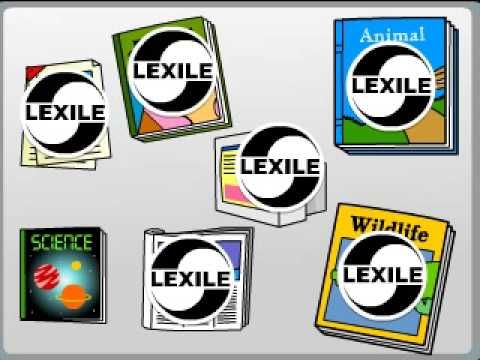 Getting an estimated Lexile text measure for the overall assessment can provide insight into whether reading challenges are likely to affect student performance on the assessment. If the reading demands of the assessment are substantially higher than the Lexile measure of the student, a poor performance on the assessment may be due to reading comprehension issues rather than a sign of weak content knowledge.
Getting an estimated Lexile text measure for the overall assessment can provide insight into whether reading challenges are likely to affect student performance on the assessment. If the reading demands of the assessment are substantially higher than the Lexile measure of the student, a poor performance on the assessment may be due to reading comprehension issues rather than a sign of weak content knowledge.
When measuring reading comprehension tests, all complete sentences in all reading passages should be measured all together as one document. You should not measure sample items, directions, or the test items themselves. Depending on the format of the test item, you may also measure the complete sentences in the items in order to compare their difficulties to that of the reading passage, but do not measure the item text together with the passage text.
All complete sentences in the passages and the items should be measured (except directions within the items, e. g., "Make no change"). Passages that have embedded blanks should be measured with the correct answer in place of the blank. The writing prompt and any associated directions should be measured. You should not measure sample items and all other directions.
g., "Make no change"). Passages that have embedded blanks should be measured with the correct answer in place of the blank. The writing prompt and any associated directions should be measured. You should not measure sample items and all other directions.
All complete sentences in the items should be measured. You should not measure images, diagrams, tables, sample items, and directions. Some examples of content you should not measure include maps or captions in social studies tests and equations or formulae in mathematics tests.
To learn about how to have an assessment report out student reading ability as a Lexile reader measure, visit Lexile Measures for your Reading Assessment or Program .
If you typed your text in the text editing box or if the words and sentences in your file are recognizable, proceed to step 2.
If the text you are trying to measure is in an image file or part of printed material, you can scan the pages, save them as a PDF file, and load them into an optical character recognition (OCR) program.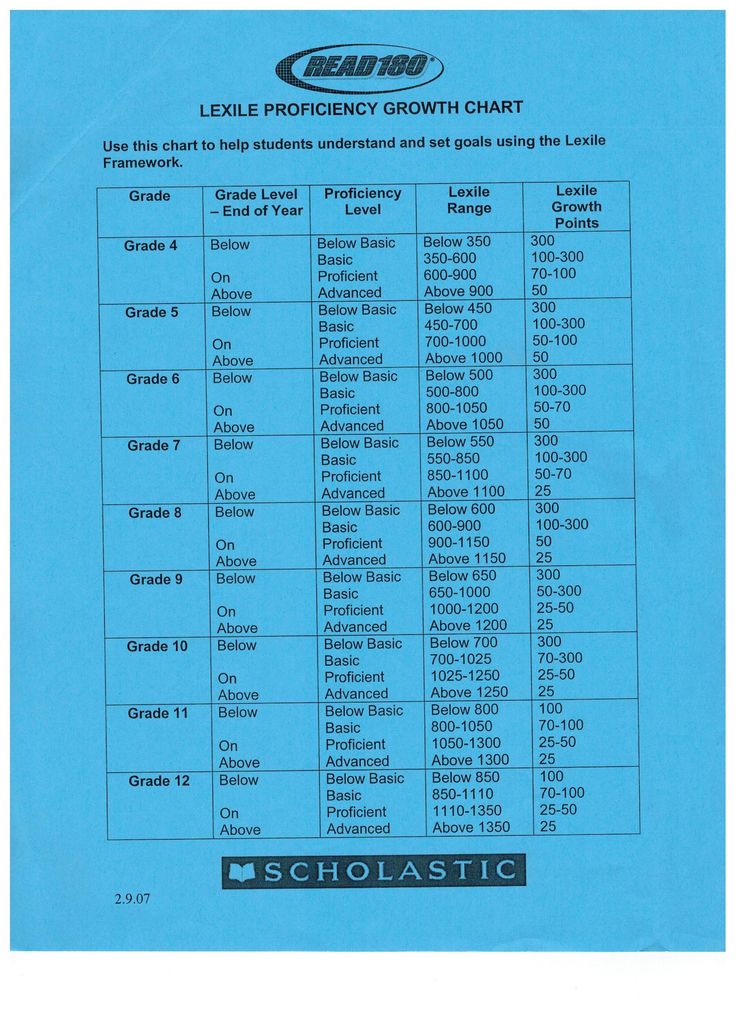 There are several different OCR programs you can use to convert an image to text, including ones offered by Acrobat and ABBYY FineReader.
There are several different OCR programs you can use to convert an image to text, including ones offered by Acrobat and ABBYY FineReader.
Occasionally OCR results can be inconsistent, particularly involving punctuation marks such as periods not being recognized at all (see below). These inconsistencies will impact the accuracy of the Lexile measure. Unfortunately, the repair of a poorly OCRed file can take as long as typing the text.
If a text is converted from hard copy to electronic format using an OCR application, some problems may occur in the conversion process. These tend to relate to the specific software used, and special care should be taken to ensure the accuracy of the electronic facsimile.
- Some examples of common OCR errors are as follows:
- A letter “m" might convert as “rn."
- A comma followed by a quotation mark (,") might be interpreted as a slash w/ an apostrophe (/’).
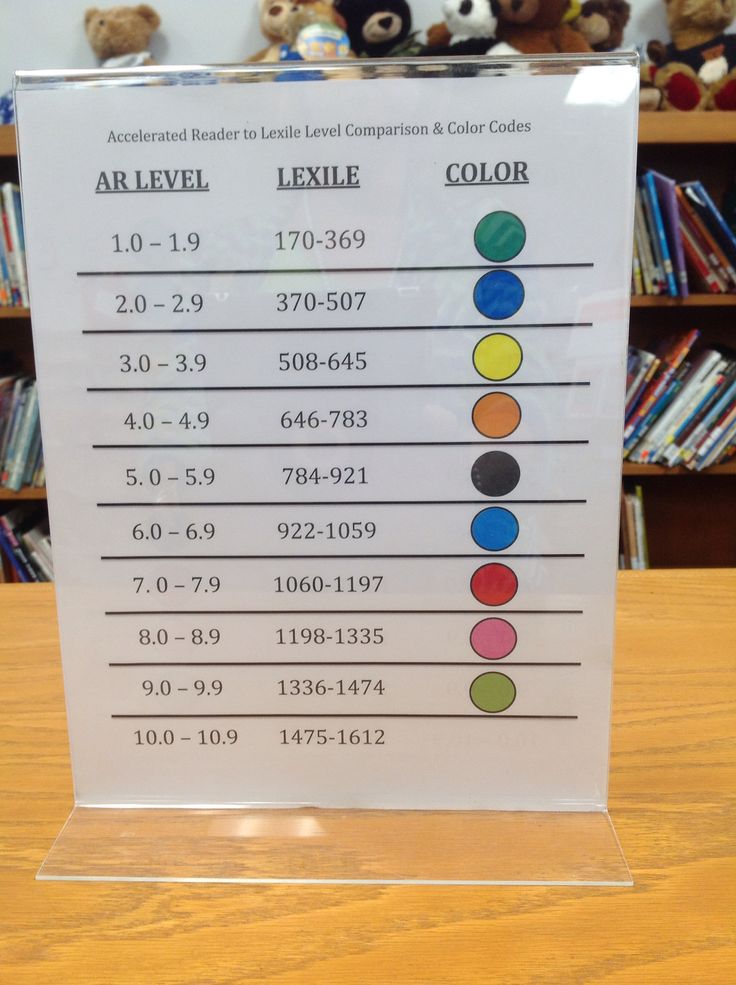
- Verify that all the intended punctuation is in place—no periods missing, semicolons omitted, etc.
- If a polysyllabic word is split between two lines with a hyphen, the hyphen should be removed and the word made whole. Given the near limitless possibilities of language usage and layout, these examples should not be considered exhaustive. Rather, they should be seen as representative of the kinds of things that should be considered when preparing a text for measurement.
The Lexile Analyzer is designed to measure professionally-edited, complete, conventional prose text. It should not be used on non-prose, unpunctuated, or unconventional text. The Lexile Analyzer determines sentence length through recognition of sentence endings, so sentences must be conventionally punctuated to be recognized (refer to the FAQ How does the Lexile Analyzer work? for sentence ender information).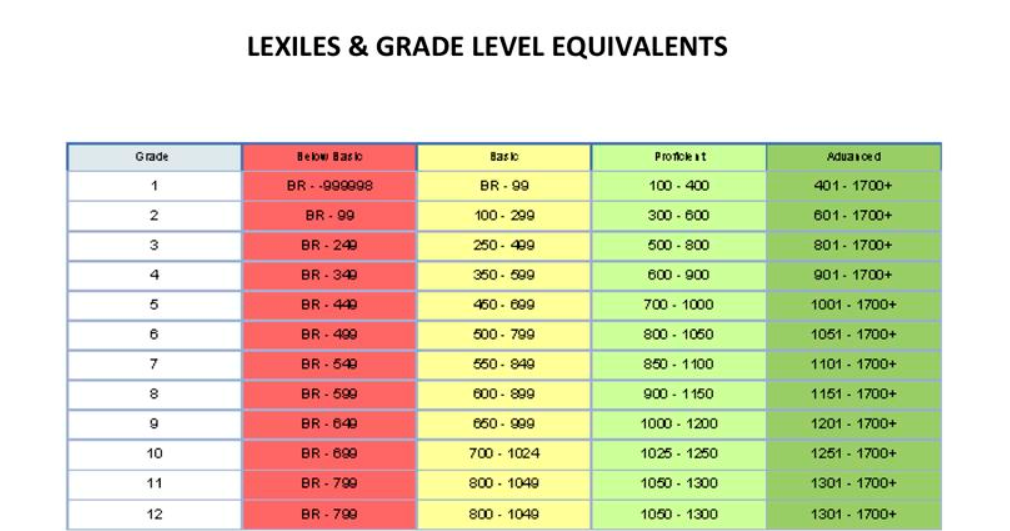 Likewise, the Lexile Analyzer determines word frequency by recognizing correctly spelled, well-formed words. Otherwise, the Lexile Analyzer will not return a useful estimated Lexile measure.
Likewise, the Lexile Analyzer determines word frequency by recognizing correctly spelled, well-formed words. Otherwise, the Lexile Analyzer will not return a useful estimated Lexile measure.
- In preparing a file for measurement, your two basic objectives are to:
- Preserve the prose sentences and the words within them in your text.
- Remove non-prose content from your text before you analyze it.
You should keep in mind that the usefulness of an estimated Lexile measure depends on the proper preparation of a text for analysis. Seemingly minor errors can result in significant variation in Lexile measures.
The Lexile Analyzer requires a UTF-8 plain text document (*.txt file) for proper processing and Lexile measurement. A plain text file is one which uses only the basic UTF-8 character set and contains no special formatting. If you submit files of an incorrect format to the Lexile Analyzer, an incorrect Lexile measure will be returned.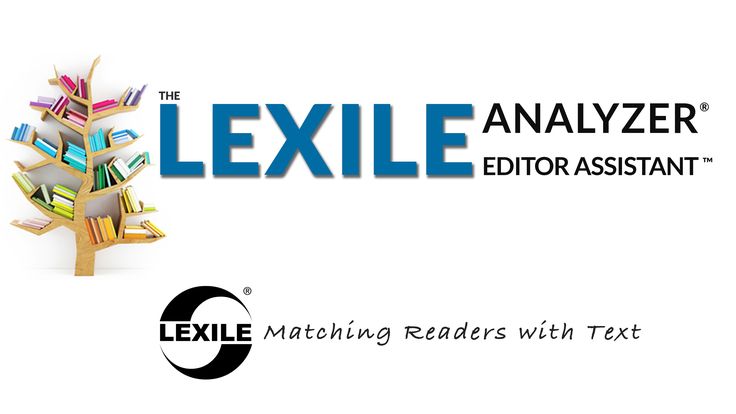
Note: The Lexile Analyzer cannot measure Microsoft Word, PDF, HTML or scanned image files such as JPGs.
If the source text to be measured is in an electronic document format, such as a word processing document or a rich text document, the file usually can be converted into the plain text format using the settings in the application’s Save As… menu.
- Converting from Microsoft Word on Windows
- With your document open, select Save As… from the File menu.
- In the Save as type drop-down box, select Plain Text (*.txt).
- Click the Save button and a File Conversion window opens:
- Click the Other encoding radio button and select Unicode (UTF-8) from the list of formats to the right.
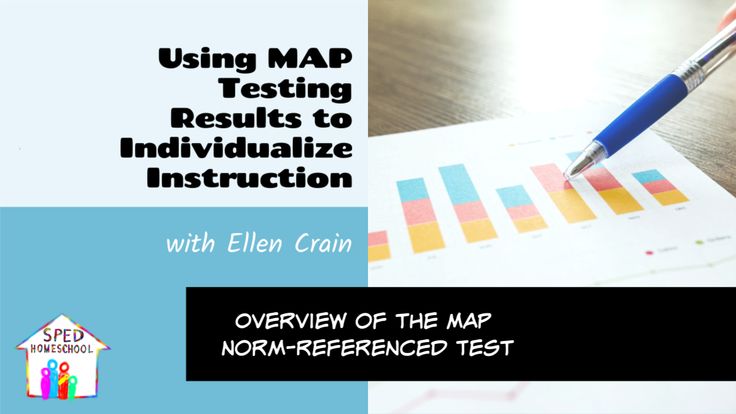
- Also check Allow character substitution.
- Click the OK button. You have saved your document in the plain text format for the Lexile Analyzer.
- Converting from Microsoft Word on Macintosh
- With your document open, select Save As… from the File menu.
- In the Save as type drop-down box, select Plain Text (*.txt).
- If this warning box appears, click Yes to save the file and disregard the remainder of this procedure:
- Otherwise, a File Conversion window opens:
- Click the Other encoding radio button and select Unicode (UTF-8) from the list of formats to the right.
- Also check Allow character substitution.
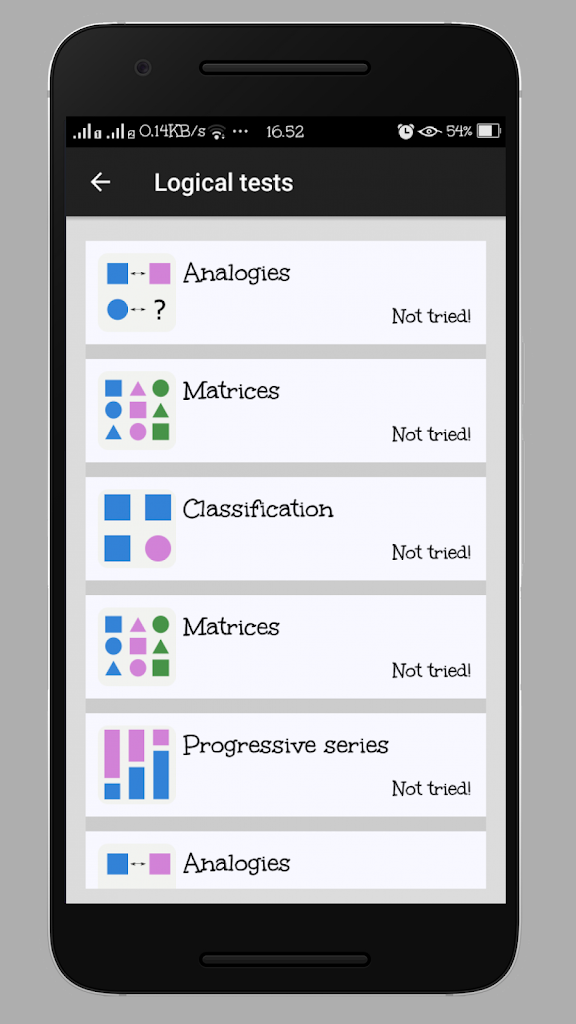
- Click the OK button. You have saved your document in the plain text format for the Lexile Analyzer.
It is advisable to open your plain text document to check it for conversion errors. Pay attention to special characters such as quotation marks, apostrophes, ellipses, or accented characters. Also, ensure that em-dashes and en-dashes have appropriate spacing on either side. They will be converted to hyphens, which can make the Lexile Analyzer interpret the two words on either side of an em-dash as a single hyphenated word unless there are spaces on either side of the hyphen.
- You have three options to submit text for analysis:
- Use the Inline Text Editing Box and type in the text you’d like measured
- Upload the .txt file you’d like measured
- Copy and paste text from either a Word or text file
Select the “Analyze" button and your Lexile Analyzer results appear on the screen. The type of subscription to the Lexile Analyzer that you have will determine the data and features you have access to. All subscriptions provide access to the Lexile measure, Mean Sentence Length, Mean Log Word Frequency, and Word Count. For the descriptions of additional data and features displayed for the Professional Lexile Analyzer and Lexile Analyzer Editor Assistant, see the informational pop-up boxes on the results page.
The type of subscription to the Lexile Analyzer that you have will determine the data and features you have access to. All subscriptions provide access to the Lexile measure, Mean Sentence Length, Mean Log Word Frequency, and Word Count. For the descriptions of additional data and features displayed for the Professional Lexile Analyzer and Lexile Analyzer Editor Assistant, see the informational pop-up boxes on the results page.
If using the free, limited word version of the Lexile Analyzer, you should print the results screen and note your filename or the name of your text because these results are not saved in any retrievable way. If you do not print or record the results, you will have to re-analyze your text.
The Professional Analyzer maintains a log history and the Lexile Analyzer Editor Assistant provides a document management system with features like category tagging and editing history.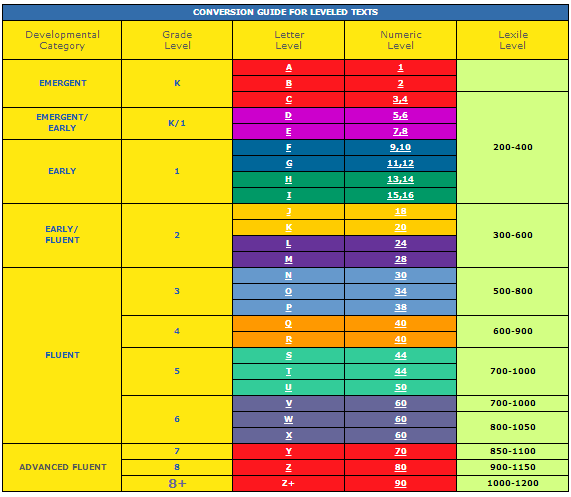 To learn more about the type of subscriptions and what features they offer, see the FAQ What type of subscriptions are available for the Lexile Analyzer?
To learn more about the type of subscriptions and what features they offer, see the FAQ What type of subscriptions are available for the Lexile Analyzer?
- Lexile Analyzer Results Lexile Analyzer results are provided in four categories:
- Lexile measure – This value indicates the reading demand of the text in terms of the semantic difficulty and syntactic complexity. The Lexile scale generally ranges from 0L for beginning reader texts to 1600L for advanced texts. For the free version of the Lexile Analyzer, the reading demand is reported in a Lexile zone. All other subscriptions report a Lexile measure.
- Word Count – This value reflects the total number of words in the text that was analyzed.
- Mean Sentence Length – This value is the average length of a sentence in the text, based on the sentences that were analyzed.
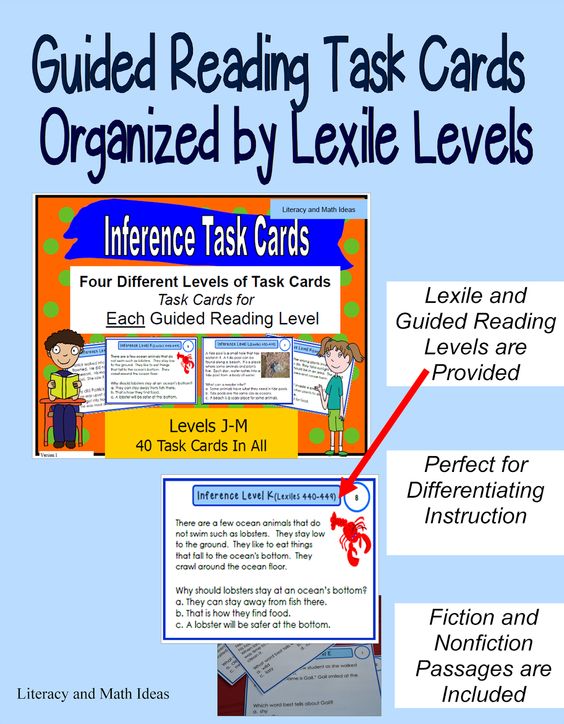
- Mean Log Word Frequency – This value is the logarithm of the number of times a word appears in in the MetaMetrics corpus of over 1.4 billion words. The value should be understood to mean how often a word occurs per 5 million words. The mean log word frequency is the average of all such values for words which appear in the text being analyzed.
- When you using the Lexile Analyzer, please note that:
- “Lexile measure" should always have a capital “L."
- “Lexile measure" should always have a lower case “m."
- Refer to “The Lexile® Framework for Reading" (with the registered trademark symbol) the first time that it is mentioned, and then “the Lexile Framework" henceforth.
- Lexile measures are reported as a number followed by a capital “L" (for Lexile measure). There is no space between the number and the “L" and Lexile measures of 1000 or greater are reported without a comma (e.
 g., 1050L). All Lexile measures are rounded to the nearest 10L to avoid over-interpretation of the measures.
g., 1050L). All Lexile measures are rounded to the nearest 10L to avoid over-interpretation of the measures. - We refer to a Lexile “zone" or “level" as representing the bands on the Lexile® map (e.g., the “700L Zone" goes from 700L to 790L).
- We refer to a Lexile range as the suggested range of Lexile measures that a reader should read. The Lexile range for a reader is 50L above to 100L below his or her reported Lexile measure. This takes into account measurement error found in the tests administered to students and in the automated measurement of the books. If a student attempts material above his or her Lexile range, the level of challenge may be too great for the student to be able to independently construct very much meaning from the text. Likewise, material below the reader’s Lexile range will provide that student with little comprehension challenge.
 Material above or below a reader’s Lexile range can be used for specific instructional purposes.
Material above or below a reader’s Lexile range can be used for specific instructional purposes. - Beginning Reader Code: Beginning Reader (BR) is a code given to both texts and students that are below 0L. A Lexile measure of BR100L indicate that the Lexile measure is 100 units below 0L. Just like -10° is higher (warmer) than -30° on a thermometer, a BR100L text is more complex than a BR300L text.
- If you are an educator or researcher and want to learn more about Lexile measures and beginning readers, visit: Beginning Readers.
- If you are a company or organization that has partnered with us and would like help communicating the advantages of using Lexile measure in the early grades, check out our Beginning Reader Communications Toolkit.
- If you are a company or organization and have an agreement with us to use Lexile measures in your product or service, access our branding guidelines at www.
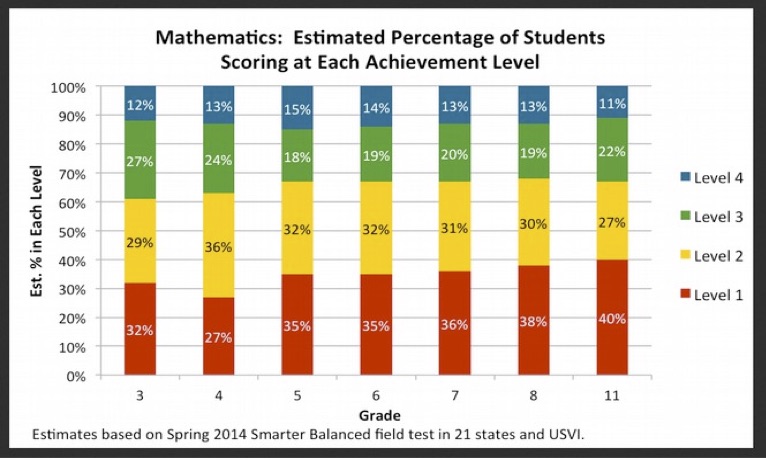 metametricsinc.com/branding-guidelines
metametricsinc.com/branding-guidelines
- There are two ways to find Lexile measure of a book:
- You can search for a specific title using the Quick Book Search on Lexile.com. You can also build book lists based on Lexile measure and interests using the “Find a Book" tool on Lexile.com.
- If you are looking for Lexile measures for a larger collection of titles for your library the Lexile Titles Database™ is a good resource. The Lexile Titles Database contains certified Lexile measures for over 260,000 English fiction and nonfiction trade book titles from hundreds of publishers. To learn how to license the Lexile Titles Database to provide Lexile measures for titles in your product or service, visit Licensing the Lexile Titles Databse.
MetaMetrics (developers of the Lexile Framework) measures a book at a publisher’s request.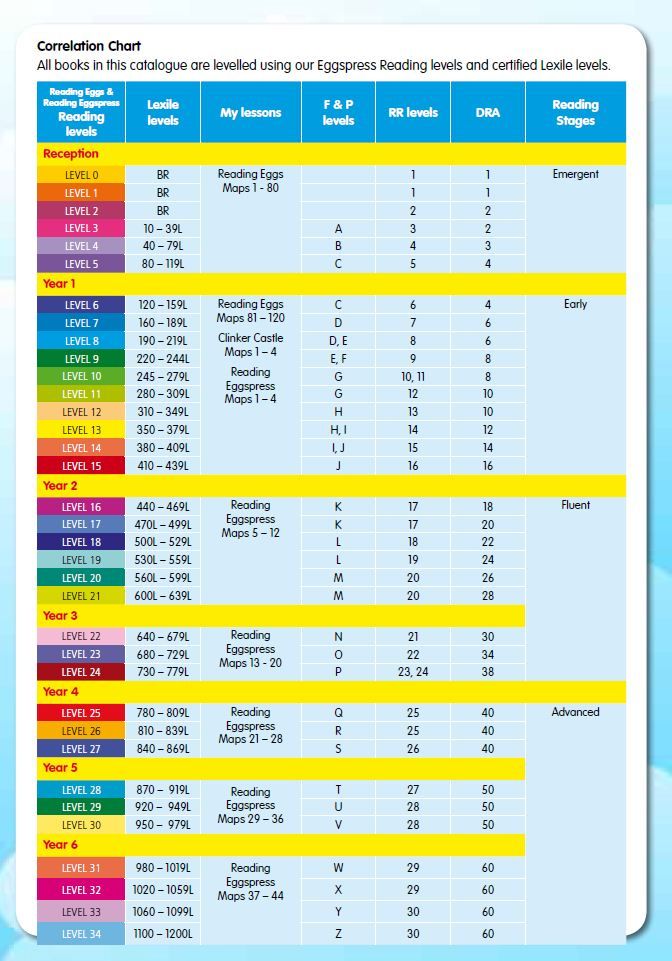 Books are always measured in their entirety. Publishers pay for this service, as well as the right to use the Lexile measure in their marketing materials.
Books are always measured in their entirety. Publishers pay for this service, as well as the right to use the Lexile measure in their marketing materials.
In order to ensure the most accurate Lexile measure, MetaMetrics’ text measurement process includes the following steps, with quality checks at each stage:
Several publishers and content developers use the Professional Lexile Analyzer and Lexile Analyzer Editor Assistant to help write text at certain reading levels and measure their texts developmental level before submitting for a certified Lexile measure. Upon submission to MetaMetrics, these files have been prepared using our text-preparation guidelines. These files are reviewed by our resource measurement coordinators to assure that the editing guidelines have been met. They are then submitted for Lexile code review and Lexile measures are returned to the publisher. It is only after review by MetaMetrics’ resource measurement team that these measures are deemed “certified" and then available for distribution via marketing materials, websites, and searchable in “Find a Book.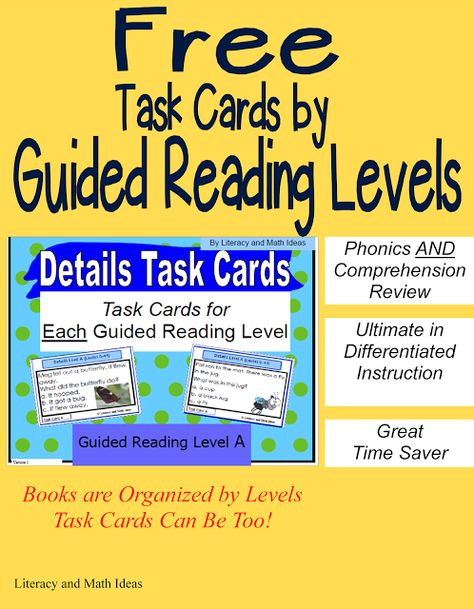 "
"
The Lexile Analyzer works in steps: first by calculating a number of text complexity variables for a given text such as the length of sentences. Text complexity variables are then combined to calculate the Lexile measure of the text. The Lexile measure is an indication of the degree of challenge a particular text will pose for a particular reader. Lexile measures are units of measure just like degrees Fahrenheit.
Like the measurement of temperature, the measurement of text complexity requires different measurement instruments at different locations on the scale. For example, you would use a different instrument to measure a person’s body temperature than you would to measure the temperature inside your oven, but each instrument still provides measures on the same scale.
Similarly, for texts used in the early grades (generally texts intended for grades K thru 2), different text complexity variables are required to provide the most accurate measurement possible. For texts intended for readers above grade 2, a Lexile measure has a semantic and syntactic component represented by MLF (Mean Log Frequency) and LMSL (Log Mean Sentence Length) respectively. Research has shown that word frequency can be used as a proxy for vocabulary difficulty, and sentence length can be used as a proxy for sentence complexity. Word frequency is calculated using the MetaMetrics corpus of over 1.4 billion words intended for K–12 readers. For texts intended for readers in grades 2 and below, nine variables are used to measure four aspects of text important for early-reading: structure, syntax, semantics, and decoding. Structure refers to the systematic patterning and repetition often found in early-grades texts, but not typically found in texts for older readers. Decoding refers to the complexity of the orthographic patterns in the text and is related to the important task of learning to decode printed text into spoken or silently read words.
For texts intended for readers above grade 2, a Lexile measure has a semantic and syntactic component represented by MLF (Mean Log Frequency) and LMSL (Log Mean Sentence Length) respectively. Research has shown that word frequency can be used as a proxy for vocabulary difficulty, and sentence length can be used as a proxy for sentence complexity. Word frequency is calculated using the MetaMetrics corpus of over 1.4 billion words intended for K–12 readers. For texts intended for readers in grades 2 and below, nine variables are used to measure four aspects of text important for early-reading: structure, syntax, semantics, and decoding. Structure refers to the systematic patterning and repetition often found in early-grades texts, but not typically found in texts for older readers. Decoding refers to the complexity of the orthographic patterns in the text and is related to the important task of learning to decode printed text into spoken or silently read words.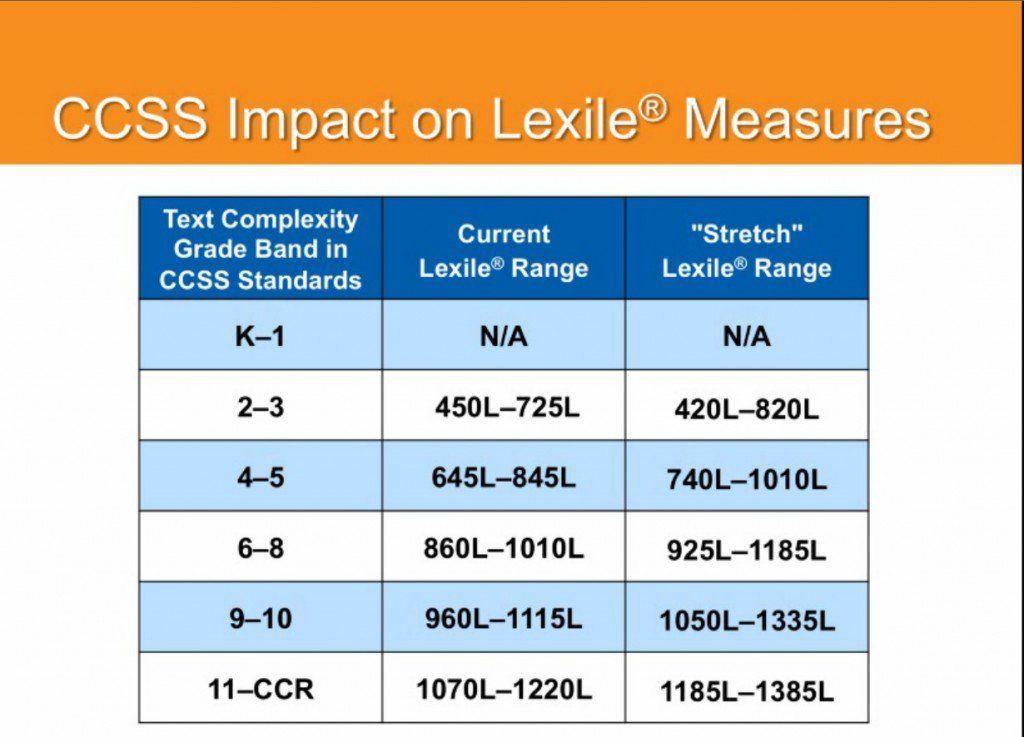
When a text is analyzed, all of its text complexity variables are calculated and a determination is made automatically as to whether the early-reading text complexity variables are required for analysis. For texts 650L and below, four additional early-reading indicators, relevant for early-grades texts, are reported: structure, syntax, semantics, and decoding.
Consequently, when using the Lexile Analyzer to measure text, you should keep in mind two keys to getting an accurate Lexile measure:
- All sentences must be automatically recognizable (capital letter at the beginning; end-punctuation at the end; no unconventional spacing or punctuation)
- End-punctuation recognized by the Lexile Analyzer includes the following: period (.), question mark (?), exclamation point (!), colon (:), semi-colon (;), and ellipses (.
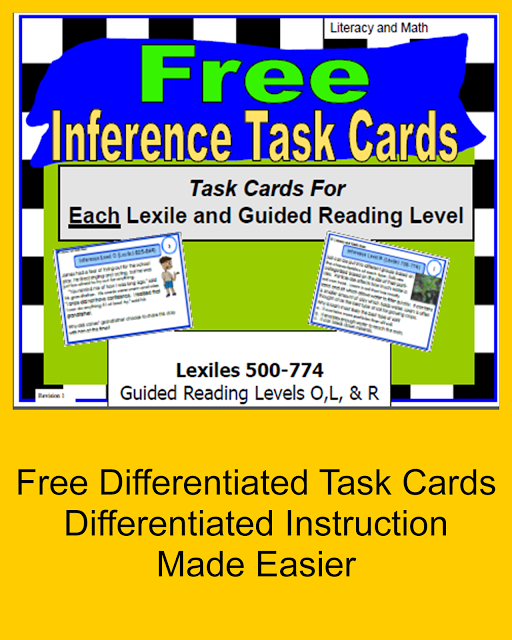 ..)
..)
- End-punctuation recognized by the Lexile Analyzer includes the following: period (.), question mark (?), exclamation point (!), colon (:), semi-colon (;), and ellipses (.
- All words must be automatically recognizable (correct spellings, spacing, and punctuation)
Proper file preparation, as detailed in the earlier section “Step 2: Prepare your text for the Lexile Analyzer" is the crucial step for ensuring Lexile measurement accuracy. File preparation errors or oversights, such as missing or incorrect punctuation or sections of unconventional prose or non-prose, may compromise your Lexile Analyzer results and return an estimated Lexile measure too far from the actual Lexile measure to be of use to you.
The measurement impact of editing errors and oversights is more severe the shorter the length of the input file. For this reason, special attention is encouraged when preparing a short passage, article, or children’s text for analysis.
We offer a free version of Lexile Analyzer that identifies what Lexile zone a text will fall into, as well as offers other basic data about the text (e.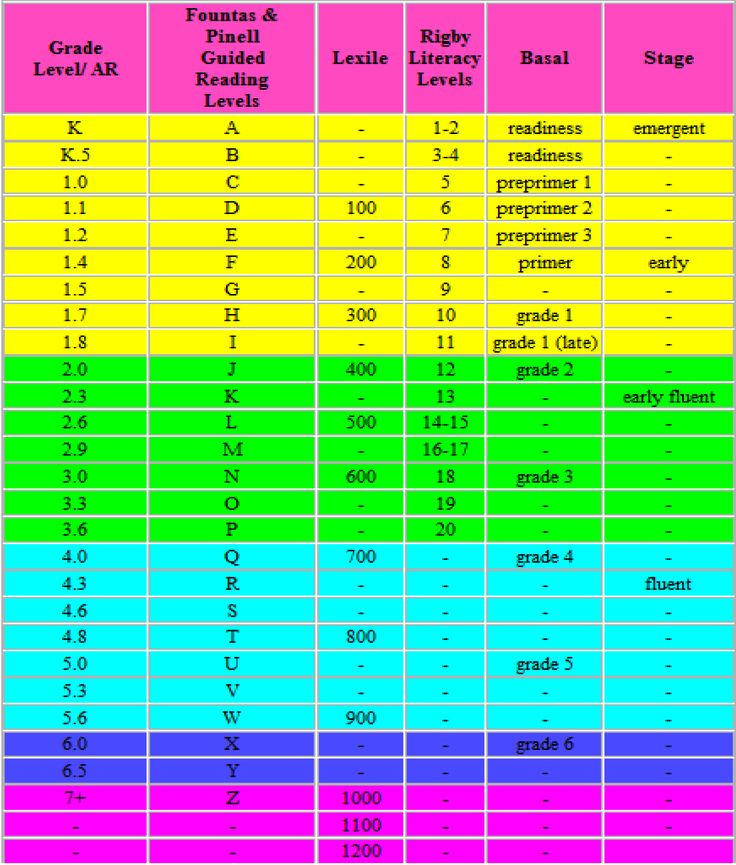 g., word count). This tool has a 1000 word limit and is intended for educators.
g., word count). This tool has a 1000 word limit and is intended for educators.
There are two Lexile Analyzer products offered on a paid subscription basis. These products are intended for commercial education companies and content developers. The products include:
- The Professional Lexile Analyzer®: With the Professional Lexile Analyzer, there are no word limit restrictions for measuring text. The Professional Lexile Analyzer offers early-reading indicator descriptors (for texts with Lexile measures that are 650L and below), as well as a Lexile history log of each measured text.
- The Lexile Analyzer® Editor Assistant™ is also available on a paid subscription basis. This product is ideal for content developers or companies trying to produce content at specific reading levels. In addition to the features of the Professional Analyzer, the Lexile Analyzer Editor Assistant also offers:
- A document management system which facilitates file sharing and category tagging between users
- Editing history
- Search capabilities
- Key information on text features that could present more or less of a challenge in early-reading content.

If you are interested in using the Lexile Analyzer for commercial purposes, visit Licensing the Professional Lexile Analyzer.
Once you are logged into your account, click on My Account on the top menu bar.
The next screen will show you what the products to which you have access.
You can also see your subscription type on the upper left hand corner once you are logged into your account. For example, if you have access to the Lexile Analyzer Editor Assistant, you will see this:
If you plan to measure the book yourself using the free Lexile Analyzer, we recommend measuring the entire text. The more text you can measure, the more accurate the Lexile measure will be. If this is not possible, you can use the following guidelines. For short books, such as children’s picture books, we recommend using the entire book. For longer books, such as chapter books or novels, we recommend using no less than 20 percent of the book. This 20-percent sample should be taken from various sections of the book, not just the beginning, middle or end. Unfortunately, if you choose to measure these books yourself there is no easy way around it. You must type at least 20 percent from various sections of the book to get a semi-accurate measure. Once again, we highly recommend the publisher submitting the book to MetaMetrics to receive a certified Lexile measure. This is the only real way you know the measure is accurate.
For longer books, such as chapter books or novels, we recommend using no less than 20 percent of the book. This 20-percent sample should be taken from various sections of the book, not just the beginning, middle or end. Unfortunately, if you choose to measure these books yourself there is no easy way around it. You must type at least 20 percent from various sections of the book to get a semi-accurate measure. Once again, we highly recommend the publisher submitting the book to MetaMetrics to receive a certified Lexile measure. This is the only real way you know the measure is accurate.
How to Test Reading Level Online: The Ultimate Guide
I decided to start hunting for a reading level test for my kid during my first year of homeschooling.
I had a first grader who had completed her phonics curriculum, but wasn’t really interested in chapter books. She loved for me to read to her, but was not interesting in reading very much herself – which stressed me.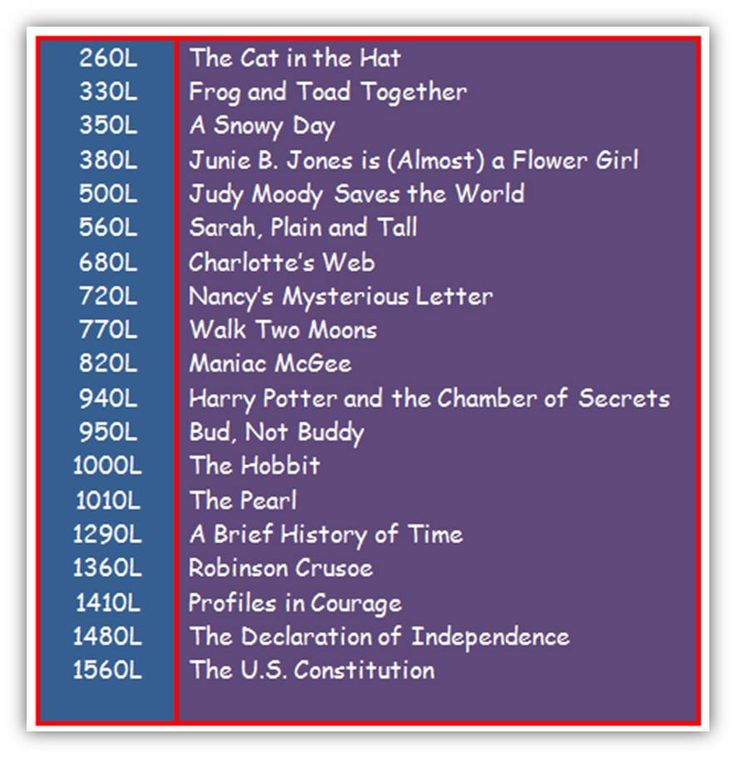
As a frazzled, first-time homeschooler, I wanted to test her reading level to see if she needed more reading instruction, more practice, or if she was right where she needed to be.
I have tried a number of online reading tests over my homeschooling years and have found that they are not all created equally.
In this post I am going to share with you everything you wanted to know and more about giving your kid a reading level test.
But First, Avoid Reading Level Tests If…
Your kid is still going through a high quality phonics program, such as All About Reading, Explode the Code, or Primary Phonics.
Let your kid finish the program before worrying about what grade level they may be at.
Most reading tests do not assume that the child is learning phonics (since most kids aren’t) and will rely more heavily on sight words they think the child should have learned by a certain grade.
Taking a reading test with a kid who hasn’t finished their phonics reading curriculum is probably not going to be helpful to a parent or child.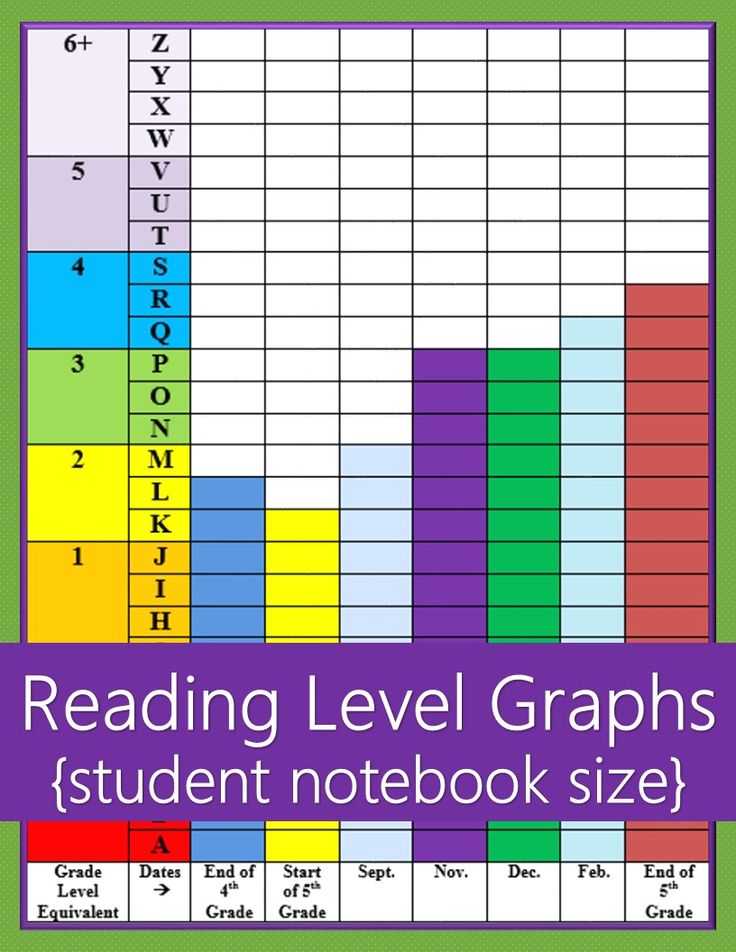
Do Take a Reading Level Test If…
-
You have just started homeschooling and have no idea where your kid should be placed for reading.
-
You have finished a phonics program, but are still unsure if your kid is where they need to be.
-
You think your child might be gifted reader and want to see what level they are testing at.
-
You want to make sure your student is progressing, even though they’re not reading aloud to you anymore
-
You need to make sure you are buying the right level books for your child to read.
-
You want to see if your kid is smarter than someone else’s kid and you want proof.
These are all great reasons, well except for that last one. Definitely do not test your kid for homeschooling glory.
Hopefully that gave you a laugh, so let’s dive in!
4 Tips for Getting the Best Results When You Test Reading Level
1.
 Take the Reading Test Yourself
Take the Reading Test YourselfI took a lot of time to explain how the test runs below, but it would be helpful to run through the test yourself first. Make sure you know how to administer the test and confirm that the reading assessment is a good fit for your kid.
2. Administer the Reading Test at the Best Time
Make sure that your kid takes the test when they are their best. Is that first thing in the morning, in the evening, or right after lunch (probably not)?
Ensure your kid has plenty of energy, isn’t hungry, and is in a comfortable environment with minimal distractions.
3. Prep Your Kid Mentally
If you are giving a reading assessment to your kid, there is a good chance that your kid is already a little insecure about reading. Do not put the pressure on them that this test evaluating them.
I have given several reading tests and I make a point to tell them it is no big deal, but I do need them to do their best. I go on to say that I need to evaluate our curriculum.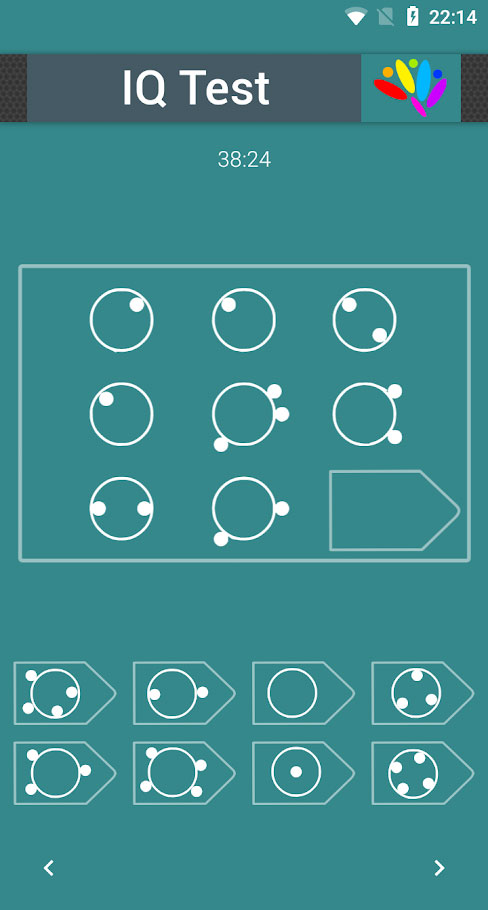 Depending on how they do on the test, I will make decisions about what books I need to buy for the next school year.
Depending on how they do on the test, I will make decisions about what books I need to buy for the next school year.
This takes the pressure off of them.
The are not being evaluated – the curriculum is being evaluated.
4. Do Not Share Their Results with Them
When the reading level test is complete, tell them they did well and that you are happy with their effort.
If the score is less than you were hoping for, you don’t want to destroy their confidence. If it’s really high, you don’t want them to be prideful and brag about it.
Either way, tell them they worked hard and you’ll use the scores to make the best decisions for their education.
This also helps if you plan to test their reading in the future. They will go into the assessment with no expectations – positive or negative.
3 Free Ways to Test Reading Level Online!
1. MacMillian Reading Level Test
The MacMillian Reading Level test seems to be one of the most popular and trusted reading level tests out there.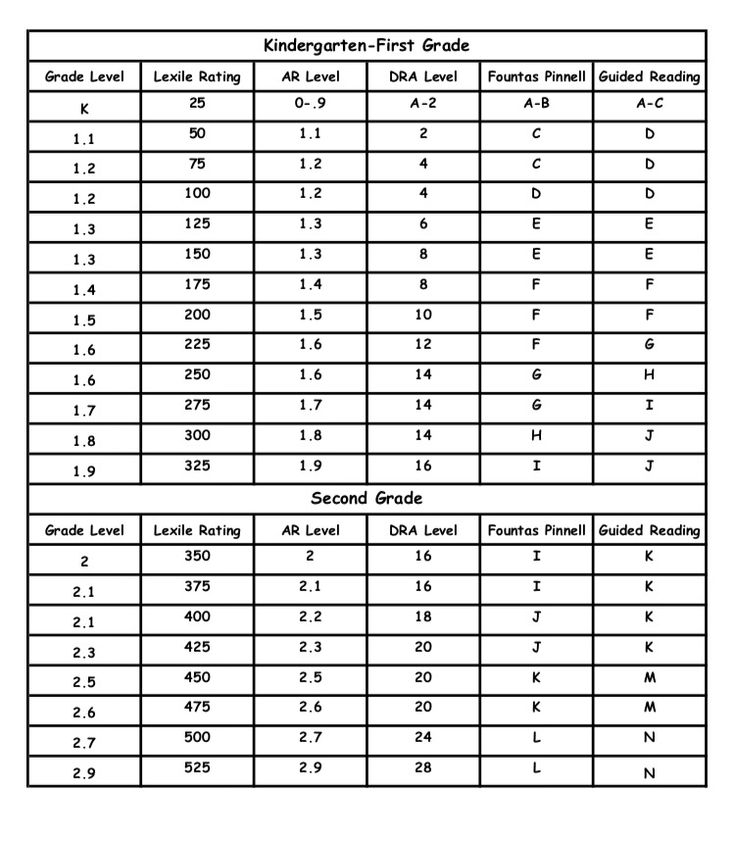
I used it with my daughter a couple years ago and I recently tested my own reading level to refresh myself on their process.
How the MacMillian Reading Level Test Works
Everyone starts at the easiest level. You are provided a picture and a fill-in the blank question. There will be 4 multiple choice options to choose from.
As you answer questions you progress through the levels until you have missed a certain number. Then you are immediately told what level reader you are – Starter, Beginner, Elementary, Pre-Intermediate, Intermediate, Upper-Intermediate, or Advanced.
Interestingly, I found the questions to be a bit slanted towards an understanding of grammar and reading comprehension.
Here is an example of a grammar question. Your kid may be able to read all the words, but does he understand the correct verb agreement?
Pros and Cons of MacMillian Reading Level Test
The benefits of this online reading level test are that it is free, simple to use, and provides you an answer right away (no need to wait for an email).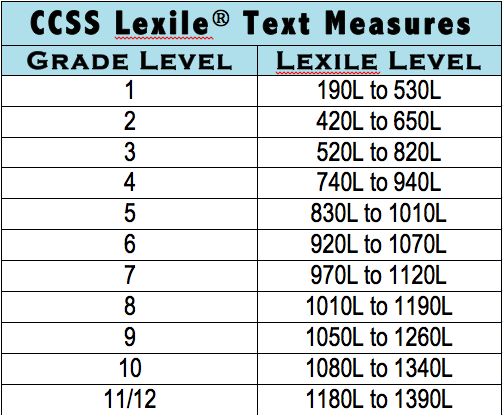
It is also a great test for a kid who can read, but struggles with comprehension.
The negatives to me are that it seems to be testing more than reading and the results do not provide a grade level. You may not know what to do with an “Elementary Level” result. It is kind of a broad answer.
One More Thing to Know About MacMillian Reading Level Test
The test does not tell your child when they miss a question. I intentionally missed questions in order to see what would happen and it just went to the next question.
This might help if your kid would be stressed by a reading level test – no big red X when they make an error.
2. San Diego Quick Assessment
I have also used this reading level test with my kid – twice actually – and it lives up to its name!
It really is quick!
How the San Diego Quick Assessment Works
Go to this online PDF and print off the four pages.
You will see grade level words in columns from Pre-Primer through 11th grade.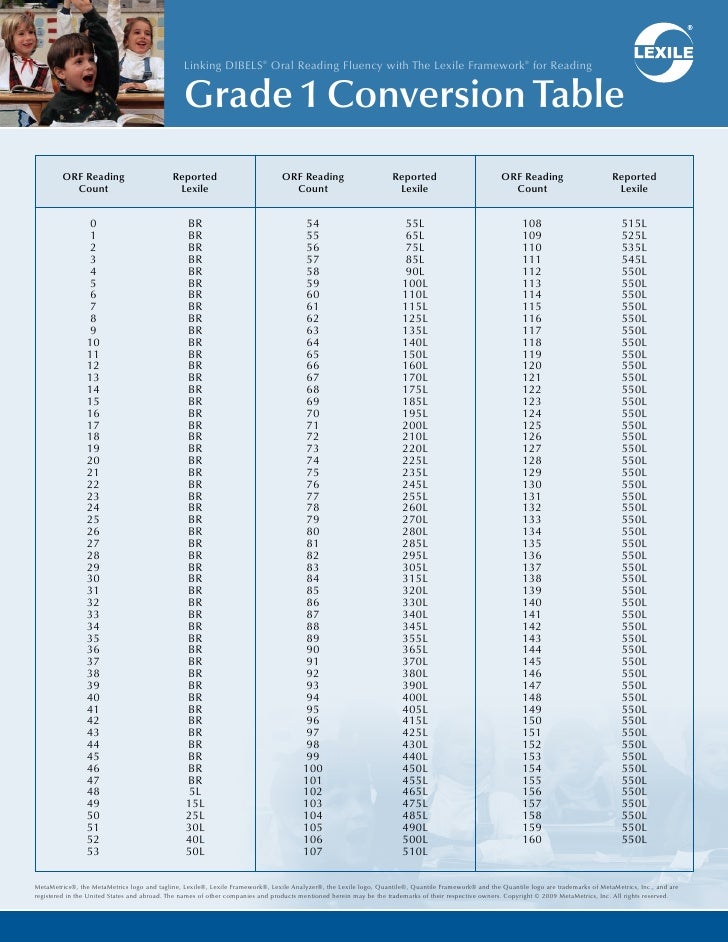 There are 10 words in each column.
There are 10 words in each column.
Give your child the student portion and ask them to start reading down the first column. Use your grader sheet to check off if they read the word correctly or not.
The test helps you break down the results in terms of Independent Level, Instructional Level, and Frustration Level.
Pros and Cons of San Diego Quick Test
The benefits of this online reading level test is that it does give a quick and free snapshot of your kids reading level. No lengthy test that your child gets bored with.
It is also on paper, which many kids do better with than reading off a screen.
The test doesn’t have any context or pictures to help your child. It will really tell you if they can read or sound out the word or not.
Parents will also like that they get a solid grade level result – a little easier to understand and work with.
The only con I have is that determining grade level with just 10 words is pretty arbitrary. You child may know many other grade level words, but not necessarily the ones on this list.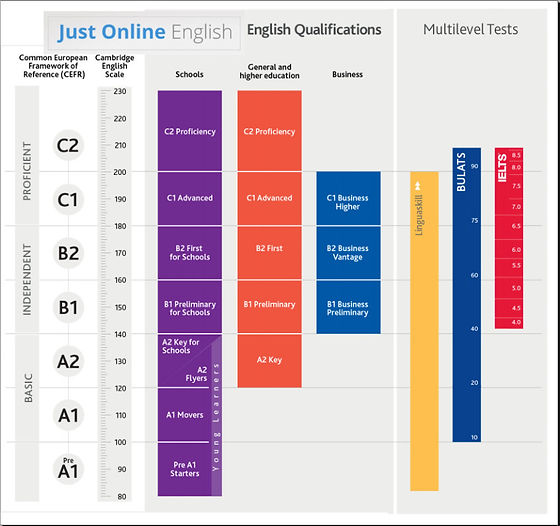
3. Pioneer Valley Reading Test
This is the most recent online reading level test we’ve used and by far my favorite. I found it to be much more comprehensive and I felt the results were a much more solid reflection of my daughter’s true reading skills.
How the Pioneer Valley Reading Test Works
This online reading assessment is broken into two parts.
Part One: High Frequency Word Reading
The first part consists of words coming across the screen for your child to read. The words are simple at first and then get more complex. The parent sits with the child and clicks “Correct” or “Incorrect” as the child reads each word.
Once the child misses two words, she is moves on to the next step.
Part Two: Reading
You will be asked to sit with your child while they read through an interesting story. Make a mark on a piece of a paper every time your child misses a word in the story.
At the end of the story you will be prompted to record the total number of words your child missed and whether or not they struggled to complete the story. Based on those results your child will either move forward or backward on a scale of A-Z. Eventually your child will be assigned a Letter Level and you will see a chart that corresponds to a grade level:
Based on those results your child will either move forward or backward on a scale of A-Z. Eventually your child will be assigned a Letter Level and you will see a chart that corresponds to a grade level:
Pros and Cons of Pioneer Valley Online Reading Assessment
I thought this was much more involved and thorough than other tests we have tried.
Even if your child encounters words he doesn’t know in the first part of the assessment, there are still many other chances in part two to show their reading skills.
Other benefits include: it is free, the stories were interesting to read, and there was an option to test reading comprehension after each story.
Cons for me would be that the scale does not go beyond 6th grade. It just says 6 grade +. I would have liked to see a scale that goes into high school level.
Other Free Online Reading Level Tests to Try
There are many other resources to try out there to test your kid’s reading level!
Here are some other tests that might be the perfect fit for you and your kid:
Red Cat Level Reading Assessment
Oxford Owl Online Reading Test
Oxford English Reading Test
Good and the Beautiful Reading Level Assessment
Wide Range Reading Test
Not Happy with Your Kid’s Reading Level Test Results? Try these ideas!
1.
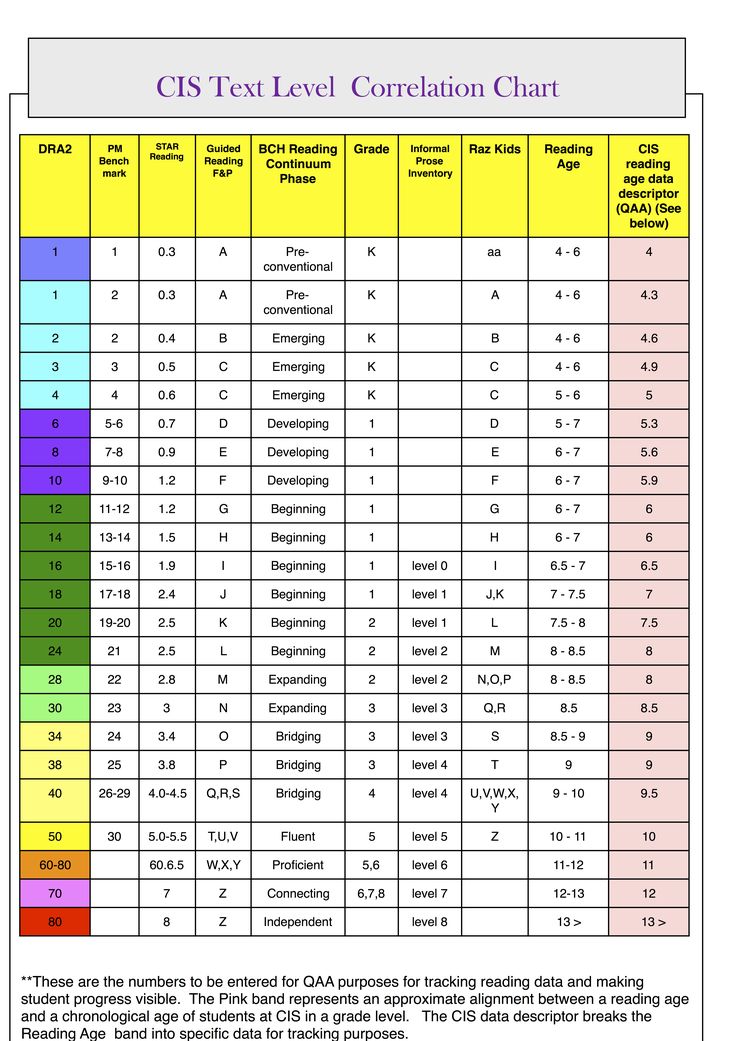 Take a Different Reading Assessment
Take a Different Reading AssessmentIt is possible that the test you chose just didn’t jive with your kid. If you are unsure about the results, don’t be shy about waiting a day or two and then doing another reading test with your child.
2. Think about what they struggled with the most during the the Reading Level Test
These reading level tests are excellent tools to help you pinpoint exactly where your child needs help.
Did your child struggle because of any of these issues:
-
Sounding out
When your child came to an unfamiliar word, did he freeze up, melt down, or give ridiculous guesses? If so, consider working with your kid on their phonics.
A high quality, low cost phonics program we love is Explode the Code. These simple workbooks are known for giving kids confidence and raising reading levels.
-
Vocabulary
Did your child manage to sound out a word, but have no idea what it meant? As your kid climbs the reading levels, increasing their vocabulary is crucial.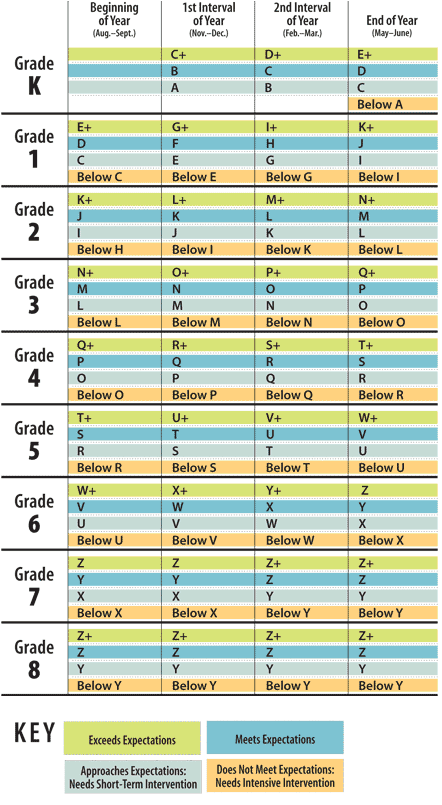
Some simple ways to increase vocabulary are reading aloud to your child regularly, using higher levels of vocabulary around the house, and including vocabulary curriculum in your homeschool.
I recently bought Word Roots for my 4th grader and we are so excited about it. It teaches the Latin roots of English words so that kids can break down AND understand a large number of difficult words.
-
Comprehension
Is your kid reading beautifully, but has no earthly idea what he just read? Many parents would be jealous of the beautiful reading, but the comprehension is just as important – if not more so.
Providing your kids with a continuous flow of interesting books that spark their imagination will help a lot in this area. And I hate to say it, but decreasing their screen time will also dramatically help.
If your child continues to struggle with comprehension, consider looking into the Reading Detective series. We have added this workbook to our homeschool curriculum and I think it has really stretched my daughter.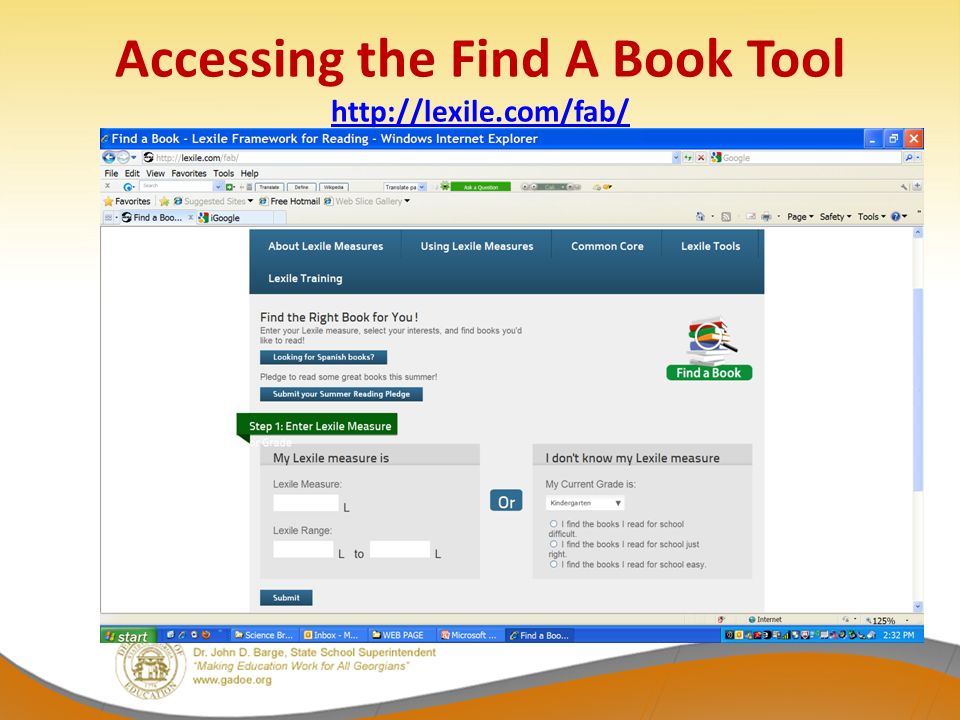 The workbooks teach children how to analyze a short story while answering multiple choice questions AND citing the paragraph or sentence number that proves their answer.
The workbooks teach children how to analyze a short story while answering multiple choice questions AND citing the paragraph or sentence number that proves their answer.
-
Fluency
Did your child painstakingly struggle through sounding out just about every word? Even the short vowel words?
The best thing for fluency is a high quality phonics program as mentioned before and practice, practice, practice.
I am a huge fan of easy phonics readers and keep multiple sets around the house. Here are some of our absolute favorites:
-
Bob Books
-
I Can Read It! Books
-
Primary Phonics Readers
-
Now I’m Reading! Books
-
Tug the Pup Books
-
Usbourne Phonics Readers
Recap Reading Level Test Guide for Kids
Remember above all else that a reading level test is a tool to help you customize your kid’s education and help them succeed.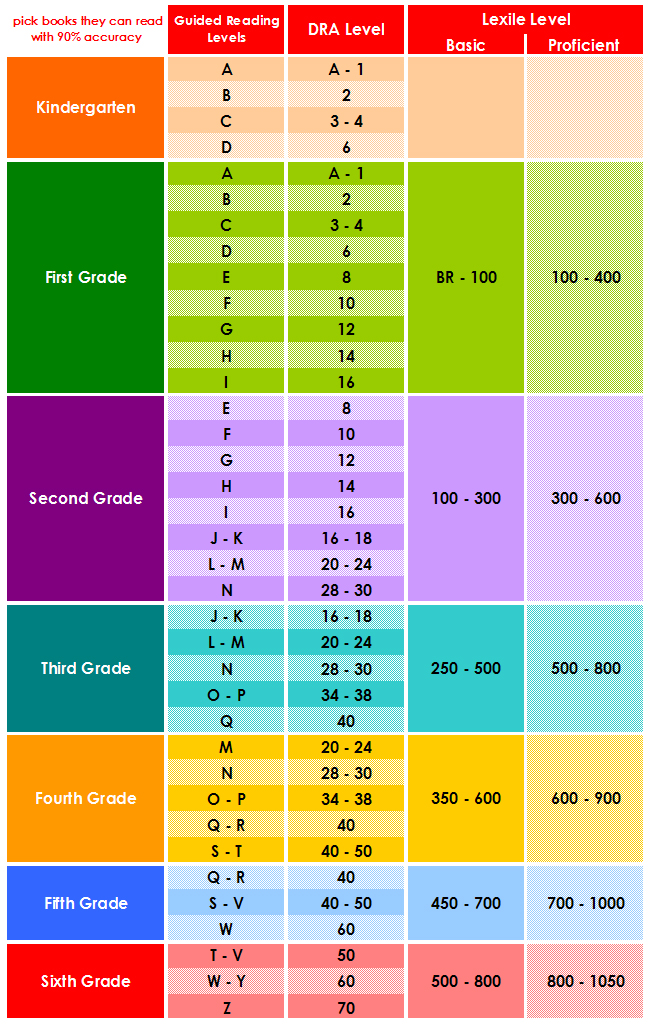
It is not a grade for your parenting.
Or a grade for your homeschool.
You are not necessarily a failure or a success no matter how your child scores.
Use these free online reading tests to drive you forward and you can’t go wrong!
Have you tried an online reading test that isn’t mentioned here? Please share in the comments!
Do you want to make sure you save all this information for later – smart thinking! Just pin this article to your favorite Pinterest post and definitely share with your friends and followers!
Read Next:
English vocabulary tests
English Vocabulary Tests
6 minutes
6728
5 minutes
6929
5 minutes
12984
5 minutes
5860
5 minutes
5320
6 minutes
6108
6 minutes
11115
6 minutes
4923
6 minutes
5175
6 minutes
19928
6 minutes
14560
9 minutes
5090
6 minutes
3361
5 minutes
5583
6 minutes
4495
6 minutes
6028
6 minutes
4510
6 minutes
9850
6 minutes
5876
5 minutes
4471
5 minutes
4455
4 minutes
3209
4 minutes
4433
5 minutes
3253
5 minutes
2940
6 minutes
7436
Free Online English Tests
English Level Tests
Quick test will help you to check your knowledge of basic grammar (articles, prepositions, tenses) and get an idea of your level of English. It will take you no more than 15 minutes to answer 25 questions. | |
| Difficulty: |
| Detailed test will give you a more accurate assessment of your level. The test has 100 questions that test knowledge of various English grammar rules and understanding of texts in English. The test will take about an hour to complete. | |
| Difficulty: |
English grammar tests
| The Article Use Test will test your understanding of when you should or shouldn't use an article and which one. There are 10 questions in the test, the time limit is 10 minutes. | |
| Difficulty: |
Quick English Tenses Test allows you to identify gaps in this very important grammatical topic.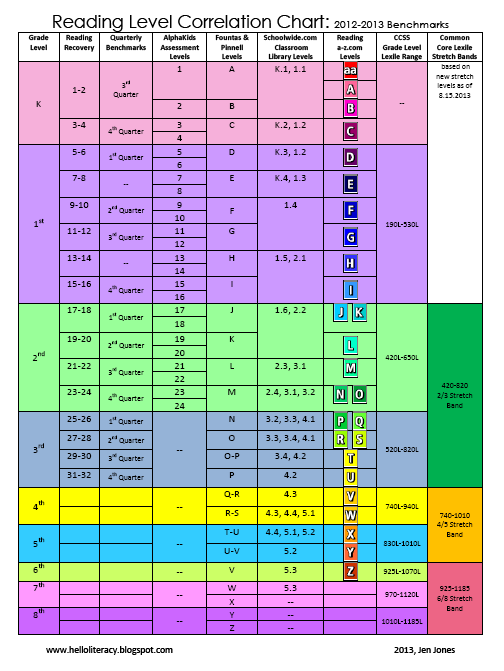 There are 25 questions in the test, the time limit is 30 minutes. | |
| Difficulty: |
English Vocabulary Tests
| The Business English Test will test your knowledge of business English vocabulary. The task is to find the missing word in the sentence correctly. There are 45 questions in the test, the time limit is 40 minutes. | |
| Difficulty: |
| Business Correspondence Test will assess your English business correspondence skills. There are 30 questions in the test, the time limit is 40 minutes. | |
| Difficulty: |
The Medical English Test will test your knowledge of Medical English vocabulary. The task is to find the missing word in the sentence correctly.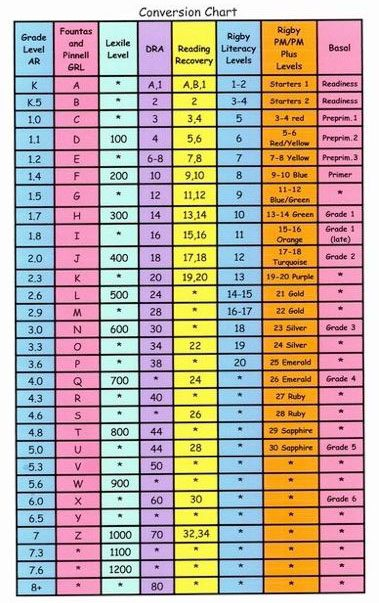 There are 40 questions in the test, the time limit is 40 minutes. | |
| Difficulty: |
Modal and Phrasal Verb Tests
| Phrasal Verb Test #1 will test your knowledge of the verbs to look, to break, to leave and to get. The task is to choose a suitable preposition for the specified verb. There are 25 questions in the test, the time limit is 20 minutes. | |
| Difficulty: |
| Phrasal Verb Test #2 will test your knowledge of the verbs to be, to do, to have and to live. The task is to choose a suitable preposition for the specified verb. There are 22 questions in the test, the time limit is 20 minutes. | |
| Difficulty: |
Phrasal Verb Test #3 will test your knowledge of the verbs to give, to hold, to move, to set.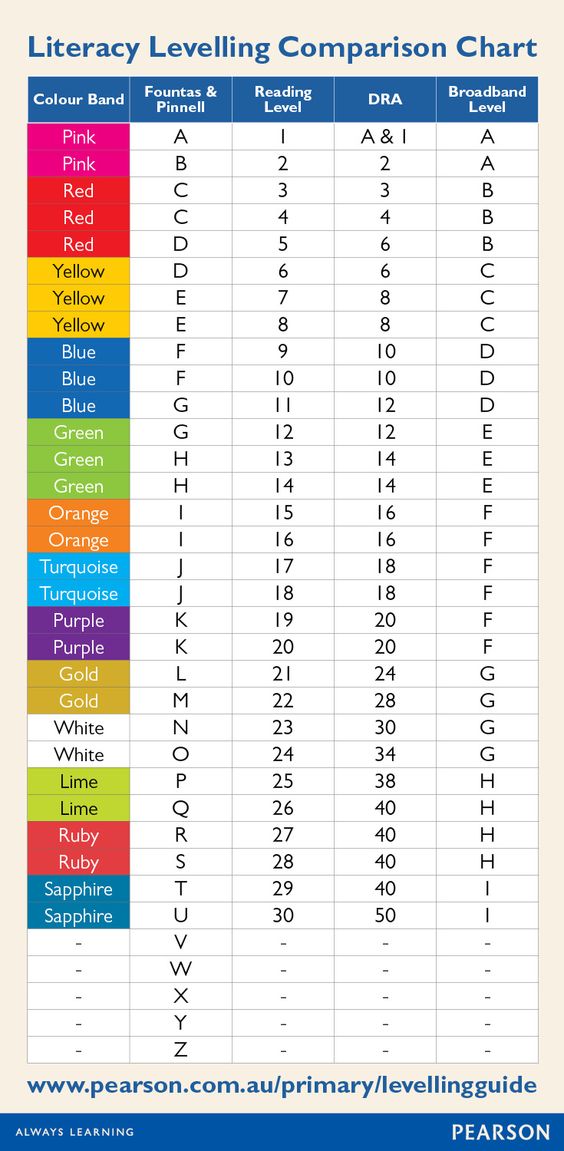 |

